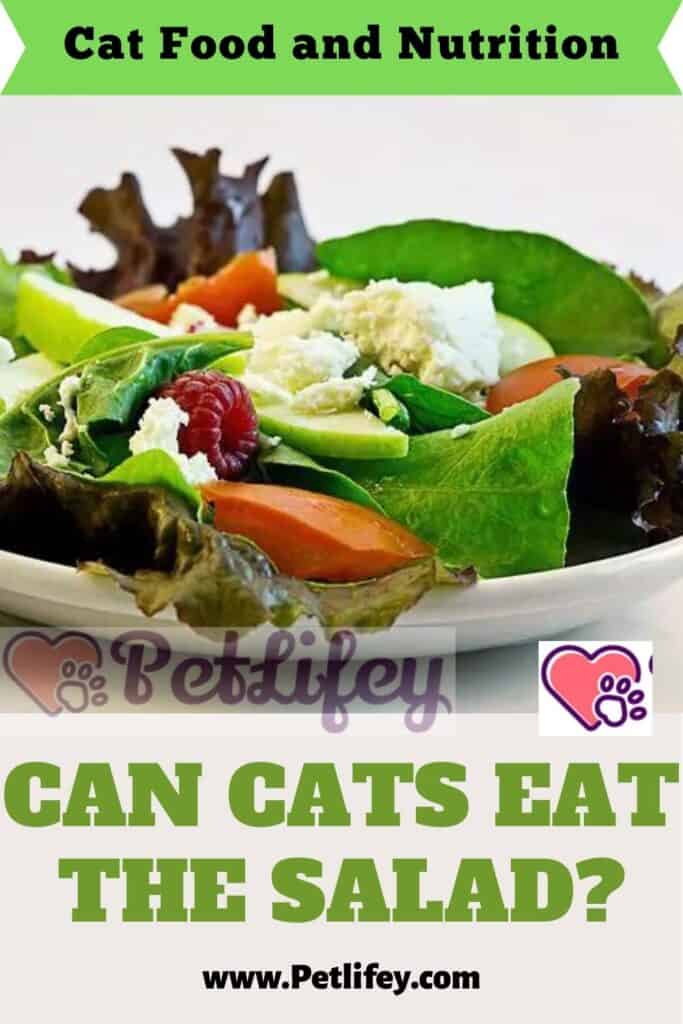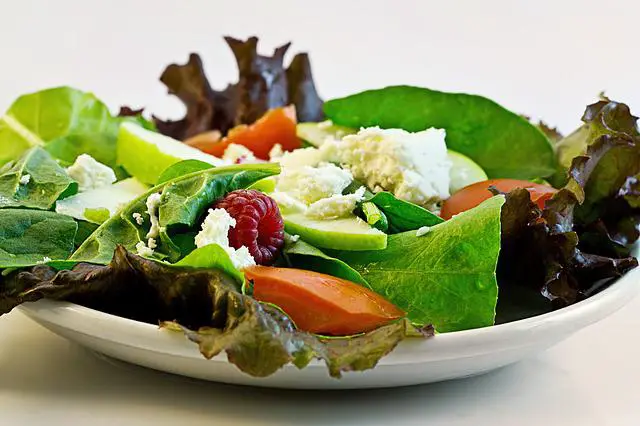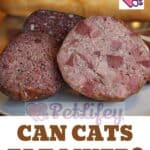
Does the cat eat the salad? Here is everything you should definitely know about consuming this food for your kitty.
Despite being carnivorous, it will have happened that you have seen a cat eating grass or salad: this is the result of the cat’s change from a vagabond to a pet. Hunting is inherent in the nature of the cat but, once it has settled in the house, it has adapted to what its owner decides from time to time to offer it. Certainly, however, it is not among his preferences. So what’s the salad in a cat’s diet for? What contribution does it have to your metabolism and nutritional needs? Here is an answer to this series of questions.
Cat salad: what is it for?
Although a piece of cat ham may make him much happier, salad as well as catnip also looks appetizing to the cat and has its function, especially on his digestive process. Certainly when the cat was not yet a pet, it did not go in search of heads of lettuce, but over time the habits have changed and so has its diet. So it is the owner who decides what to include in his diet and the cat no longer has the ‘trouble’ of going to get food on its own.
Among the foods that later became part of the feline diet, the salad really has a very little relevant place. In fact, the vitamin and caloric intake of salads and vegetables for cats in general is rather low. However, they have the important function of regulating digestion, especially after a protein meal.
Vegetarian cat? What vegetables does he like
As already mentioned, the cat is omnivorous and, in the vegetarian world, has a particular preference for zucchini, green beans, asparagus and green leafy vegetables. These are foods rich in vitamins but which, once cooked, lose their properties. So although the vitamin intake is compromised with cooking but the same makes them more digestible, these vegetables are a very useful weapon against constipation, as well as being always rich in carbohydrates and minerals (it is no coincidence that it is always recommended to add them in the baby food).
So vegetables alone cannot make up the cat’s meal, but they can help supplement it with mineral salts. For this reason, industrial meat products are generally already accompanied by legumes and vegetables. Yet not all of them bring these kinds of benefits to the cat’s diet. In fact, among those to be avoided are: onion, garlic, cabbage and potatoes.
Cat salad: benefits and harms

The consumption of lettuce has on its side a series of benefits for the cat thanks to some properties. In fact, lettuce is low in calories, does not contain sugars, chemicals, additives, and helps the cat against dehydration: in fact it is composed of 95% water. This is why it is particularly suitable in summer when it is very hot and the cat needs to drink.
Its fibers make the cat full and help its digestive process. Of course, it must be well washed to prevent chemicals from remaining on its leaves and being ingested by the cat. Also like catnip, salad helps keep the cat’s breath fresher and cleans its teeth of food residue, better than a manual toothbrush would do to brush a cat’s teeth.
Finally, vitamins K and A in which the salad is rich, help blood clotting and growth development, as well as having positive effects on the immune system and the eyesight of the cat.






